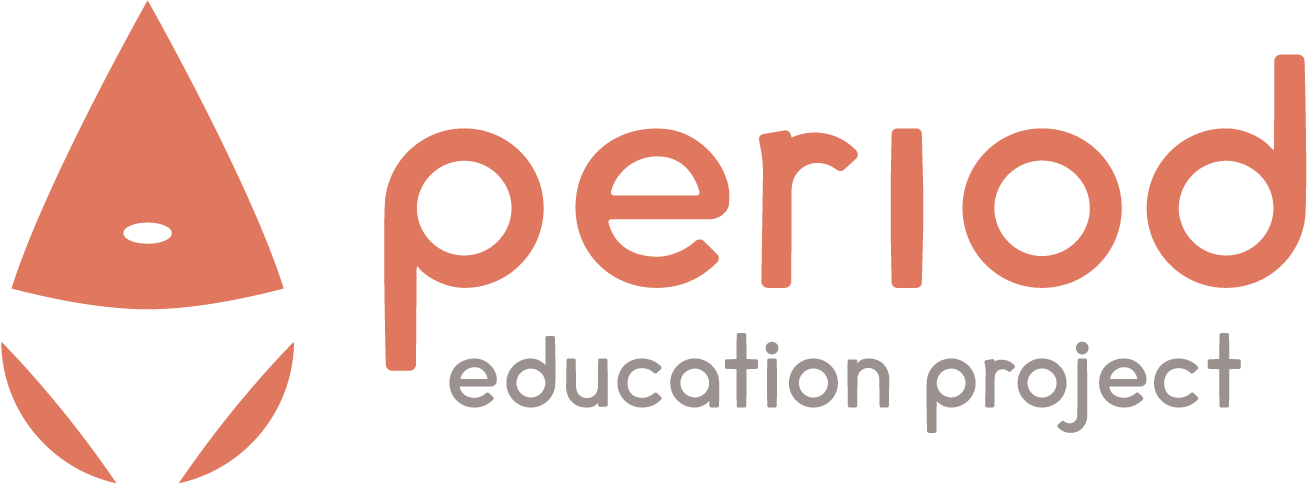By Kayla Shine, Period Pro from the Medical University of South Carolina

Kayla Shine, Period Pro
The menstrual cycle and vaginal yeast infections aren’t always connected, but they can be. If you’ve ever had a yeast infection – don’t worry, you are not alone! Although they are rare before periods begin, and after periods stop at menopause, they are very common during the reproductive years. In fact, about 75% of people with vaginas will experience at least one yeast infection.
What causes yeast infections?
Vaginal yeast infections, also known as vulvovaginal candidiasis, are caused by a type of yeast called Candida. There are several species of Candida, but Candida albicans is the most common cause of vaginal yeast infections. Although Candida normally lives in the digestive tract and on the skin without causing any problems, an overgrowth in the vagina can lead to infection.
Normally, the vagina has some yeast cells present, but it also has a lot of normal, healthy bacteria, especially Lactobacillus acidophilus, that help keep the number of yeast cells under control. A yeast infection typically occurs when a change in the natural environment of the vagina throws off the balance between Lactobacillus and yeast cells. When there are too many yeast cells growing inside the vagina, it causes the classic symptoms of vaginal and vulvar itching, redness, swelling, and changes in vaginal discharge.
How does the menstrual cycle affect yeast infections?
Yeast infections are most common after antibiotic use (because antibiotics can decrease the “healthy” bacteria that prevent yeast infections), or when the vulva doesn’t get good air circulation and stays damp or moist. For some people, though, yeast infections occur around the same time of the menstrual cycle – usually prior to menstruation. This is an uncommon but distressing condition known as cyclic vulvovaginitis.
You might be wondering, “How can my monthly cycle cause a yeast infection?” It has to do with hormones.
During most menstrual cycles, the hormones estrogen and progesterone go through normal and predictable increases and decreases. For some menstruators, these hormonal fluctuations may affect the growth of Candida. Studies have demonstrated that estrogen, in particular, has an effect on the overgrowth of Candida albicans. This may explain why some menstruators experience yeast infections more commonly prior to their cycle or during the same phase of each cycle.
What are symptoms of yeast infections?
- Itching and/or burning inside the vagina and on the vulva
- Redness and swelling of the vulva
- Pain in or around the vagina
- Vaginal discharge that is thick, white and may have small clumps, similar to the appearance of cottage cheese
- Burning during urination
- Burning during sex
When should I see a Healthcare Provider?
Many people who experience vulvar or vaginal itching assume they have a yeast infection. For people who have never been diagnosed with a vaginal yeast infection before, only 10% would be correct (and 90% have a different diagnosis). Even for people who have experienced a yeast infection previously, only 30% are correct with self-diagnosis.
If you’ve never experienced a yeast infection and think you may have one, or if you aren’t certain of your symptoms, it is always best to be examined by a healthcare provider who can test you for yeast and other conditions. The symptoms of a yeast infection can be very similar to those of skin allergies, skin conditions, or sexually transmitted infections.
To prepare for your appointment with a healthcare provider, you may want to write down information that you would like the provider to know. This can include your symptoms, any over the counter treatments you have tried, how often you experience your symptoms, and any other questions you would like to address. Remember, you know your body best and you should be your own biggest health advocate!
How will a Healthcare Provider diagnosis and treat a yeast infection?
To diagnose a vaginal yeast infection, your provider should look at the skin and tissues around your vulva and vagina, and take a small sample of vaginal discharge to be examined under a microscope or sent to a lab. If your only symptoms are vaginal itching, a pelvic exam may not be necessary. However, if there are concerns about pain, abnormal discharge, or sexually transmitted infections, then a pelvic exam may be helpful in making an accurate diagnosis.
If there is yeast present, vaginal yeast infections are usually treated with antifungal medicine. For uncomplicated yeast infections, treatment can be a single dose of a pill (called fluconazole) taken by mouth, or an anti fungal cream that is inserted into the the vagina. For either type of treatment, it is important to use it as directed and allow 3-5 days for symptoms to disappear. There are some over-the counter treatments you can buy without a prescription, however if they do not provide full relief, it’s important to follow up with your healthcare provider.
A small percentage of people with yeast infections will experience them 4 or more times per year. Chronic or recurrent infections often require a more thorough evaluation and longer-term treatments including additional doses of fluconazole taken by mouth or other medications applied inside the vagina, such as boric acid, nystatin or flucytosine. It is best to see a gynecologist if you are experiencing frequent vaginal yeast infections.
Hopefully this post has given more insight on how yeast infections can occur randomly or may be related to fluctuations in hormones of the menstrual cycle. Never be embarrassed if you are experiencing symptoms of a yeast infection. The symptoms can be extremely bothersome, but there are very effective treatments! There’s no need to suffer!

Recent Comments